SUMMARY
This is AI generated summarization, which may have errors. For context, always refer to the full article.
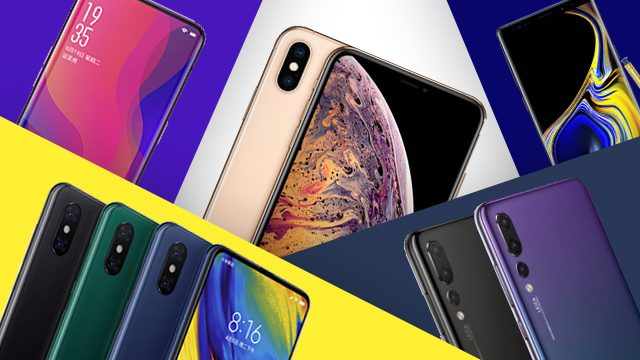
The new year is almost here. And it’s going to bring us more phones to play with, and not just the same old boring 4G phones; we’re about to go 5G – at least in some countries. Fancy, foldable phones are also on the horizon, meaning we are most likely seeing the biggest change in form since Apple popularized the smartphone as we know it today.
2019 is shaping up to be a very interesting year for everyone’s favorite thingamajig, sometimes beatified as the ultimate center of our digital existence, sometimes vilified as all that’s wrong in the world today. No matter; it’s ubiquitous, and likely here to stay even as people have slowed down in buying new phones, instead sticking to older, still-capable units for a longer time.
But before we get on the hype train for all those cool new phones, we take a moment to take stock of what 2018 brought us. How did each smartphone maker fare this year? What innovations did they bring to the table? How did they attempt to shake up the landscape or shock observers? Innovation’s a tough business, especially in such a mature field where makers seem to release new products before we even have time to digest last week’s releases.
Here we assess the world’s 5 biggest phone makers of 2018 – Samsung, Huawei, Apple, Xiaomi, and OPPO, according to International Data Corporation’s Q3 2018 sales figures, the latest. After the top 5, we also have shorter assessments on the other brands trying to make their mark this year.
Samsung
Samsung has a similar situation to Apple. Both long monolithic in stature, they are still perceived as the industry leaders, coming out with flagships that define what top-of-the-line means. However, with stature comes tradition, opening the window for younger brands to introduce bigger tweaks to the formula, as you’ll see in the other entries below.
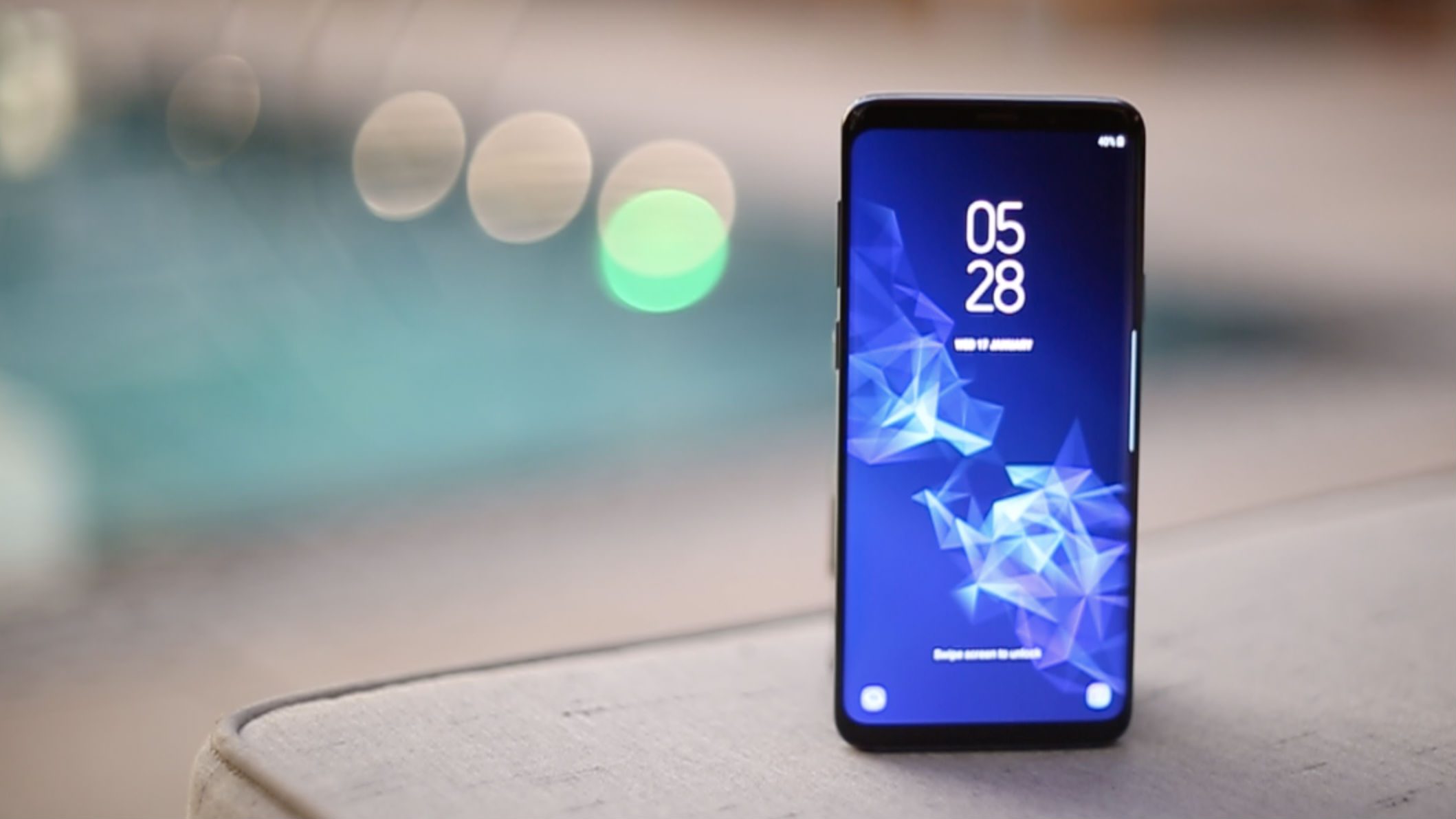
Like the new iPhones, the S9, S9+, and the Note 9, are all-around brilliant, highly desirable phones, but they also represented smooth refinements rather than sharp turns toward new territory. The refinements aren’t bad at all – it means they have a winning, working design – but that also tells you they tend to stay not too far away from their comfort zones.
Younger brands, more than any other year it seems, took full advantage of this, showing off phones that did more than enough to divert the spotlight away from Samsung. Although to be fair, Samsung did have a really neat party trick with the Note 9’s stylus, which could now be used as a remote to snap pictures with or switch slides during a presentation.
Samsung flagship prices also rose, with the company appearing to take a similar strategy like Apple to break away from the crowd to create what’s becoming an above-premium price range.
What’s exciting though for mass consumers is that its mobile president DJ Koh, in September, said that they will be bringing more flagship-type features first to midrange phones, likely making their brand more competitive in that space that’s slowly being taken over by the cheaper brands moving up.
Next year, Samsung appears to be on track to introduce big innovations, having made clear announcements regarding its plans for a 5G phone and a foldable phone.
Huawei
Huawei made a big statement this year. And it was: We’re better than Apple and Samsung. That’s Huawei, of course, and this is still very much open to debate – the competition remains fierce – but now you could actually make a real case for Huawei. It has been building up to this, steadily building its reputation year over year with flagships that became more reliable and more defined from the competition.
This year, with the P20 series, especially the P20 Pro, they broke out, releasing a phone that you can now say is truly a Huawei, not an Apple nor a Samsung. It’s Huawei’s most confident phone ever, and it cemented its identity as the bold up-and-comer looking to shake up the status quo. It did that this year by anchoring its flagships on mobile AI, camera quality, and well, by looking good.
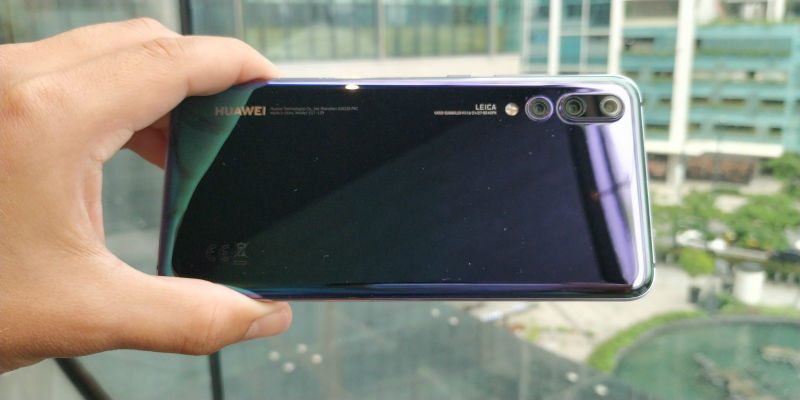
Its P20 Pro is still the highest-rated camera overall on mobile camera quality rankings at DXOMark, fending off the best from Google, Apple, HTC, Samsung and all the others. The way it took the top spot was nasty too, with the P20 Pro overtaking the Samsung Galaxy S9 – which had been hyped for its camera prior to its unveiling – just a month after the S9 got the spot.
It continued its momentum with the Mate 20, their flagship for the second half and the plus-sized refinement of the P20, while offering solid options in the lower price ranges. Its efforts translated to results: it overtook Apple on the second spot in the second and third quarters of 2018, according to the International Data Corporation.
Its biggest enemy: the severe thumbing-down it’s getting from authorities in countries such as the US, Australia and New Zealand about its network equipment being used as surveillance equipment by China. A telco in the UK has also removed Huawei 4G equipment, while Japan has made a similar ban.
The arrest of their chief financial officer is currently front and center in this issue because of the US’ allegations of trade sanction violations in Iran. The chief worry? It’s that the Chinese government may exert influence on Huawei to use their network equipment and device ecosystem as a way to spy on other countries. It’s a big black mark on what was otherwise was a great year for Huawei’s phone division, and the issues may be enough to give any sensible user pause especially during a year when user privacy became perhaps the biggest tech issue in the world.
Apple
Reports here and there allege that iPhone sales aren’t so good this year, with Apple reportedly cutting down production for its vaunted 2018 iPhone lineup, the Xs, Xs Max, and the budget XR. Critically, the phones are still well-received, packing Apple’s first 7-nanometer chip, the A12 Bionic, which enabled cool augmented reality tricks such as monitoring a basketball player’s shot-making mechanics effectively.
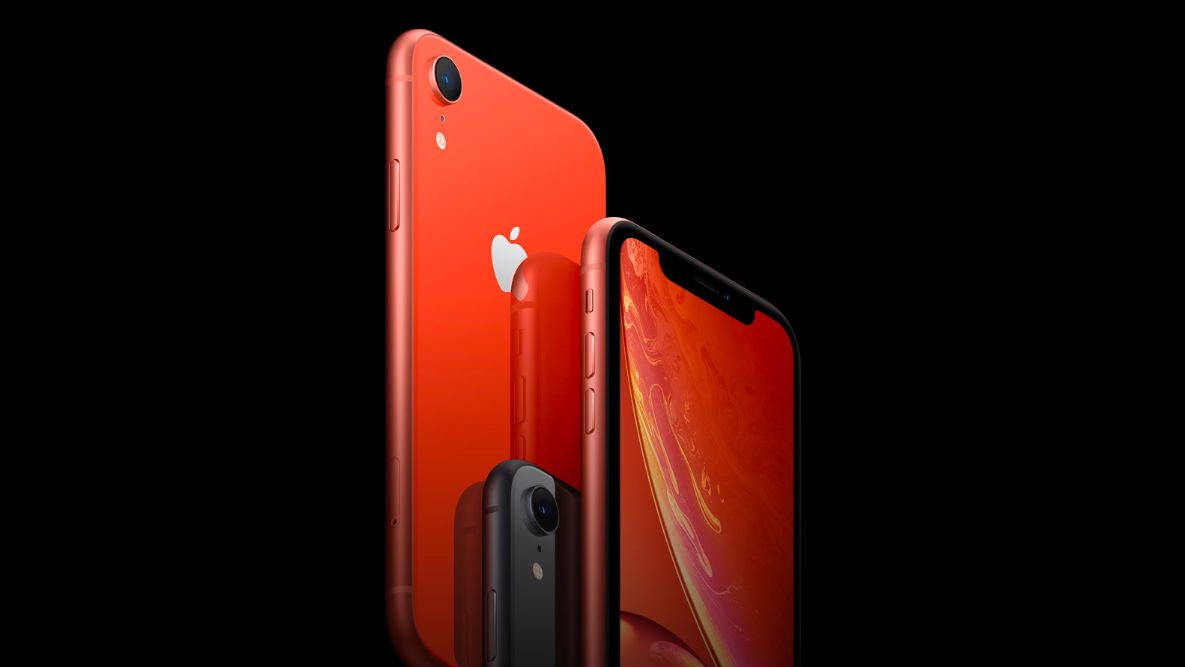
The Max, which set new records for iPhone pricing like the X did last year, also set a new record for iPhone screen size at 6.5 inches – great because iPhones have always had nice screens, and it’s great to see it this big. It sought to diversify as well this year with Apple’s take on a budget phone, the XR, more sensibly priced at $749. Early reports aren’t so rosy, but we’ve learned not to count out the Cupertino giant; Christmas sales just might tell a different story, which we’ll hear about in the next quarter.
But even with the steady, solid improvements over the hype-heavy X last year, iPhone changes this year appear to be quite conservative, especially relative to the crazy tricks that the Chinese brands came out with this year.
Xiaomi
Xiaomi made its official return to the Philippines in the first quarter of the year in a reserved manner that’s somewhat typical of the brand. Their phones aren’t flashy, but they offer solid value. In the short time that it has been here again, it has quietly built a reputation for putting together phones with meaningful specs at prices that’s often lower than the competition.
One good example is the Xiaomi Mi Mix 2S launched in the Philippines in May for P27,990, carrying the Qualcomm Snapdragon 845 chip – the same chip found in the considerably more expensive Samsung flagships and the Sony Xperia XZ2.
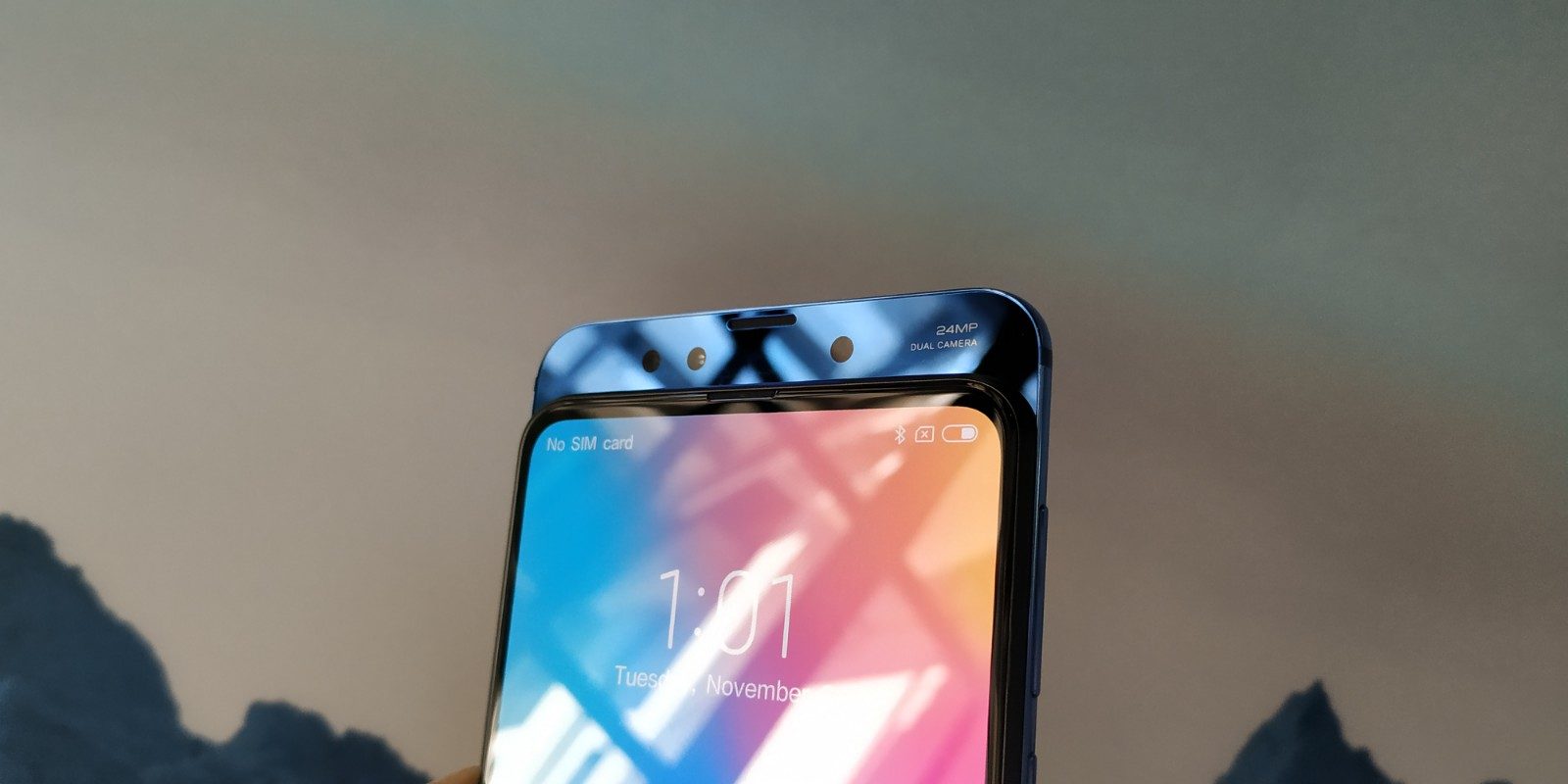
The chip is, of course, but one part of the phone, but perhaps its most important. The company brought down the point-of-entry further for 845 phones with the Pocophone F1 at P17,990. And across the range, it’s mostly how Xiaomi does things: focus on meaningful specs so the price stays low.
It did get playful too towards the end of the year, showing off the Mi MIX 3 with a fancy sliding back to house the front cameras, effectively removing the divisive notch. Moving forward, providing good value might just help the brand earn more loyal users, cementing its worldwide No. 4 spot, which it has held since 2017’s final quarter after taking it from OPPO.
OPPO
OPPO launched a flagship in June. It had a strange name: the Find X, named unlike most of its phones. OPPO launched it at the Louvre Museum in Paris, obviously implying the phone itself is a work of art. And it went after Apple and Samsung flagship pricing, launching it in Europe at a converted P70,000, and mercifully, cheaper here in the Philippines at P50,000.
It was a futuristic-looking phone with neon-like lighting at the back so it’s certainly eye-catching, and a somewhat retro-futuristic pop-up camera that paved the way for its industry-leading 93.8% screen-to-body ratio.
Clearly, an interesting phone that jolted jaded observers looking for something new, even if a bit impractical. Great to see OPPO being bold enough to step way outside of its comfort zone, although it feels like it’ll take a little more time before consumers will be comfortable paying for an OPPO phone this expensive.
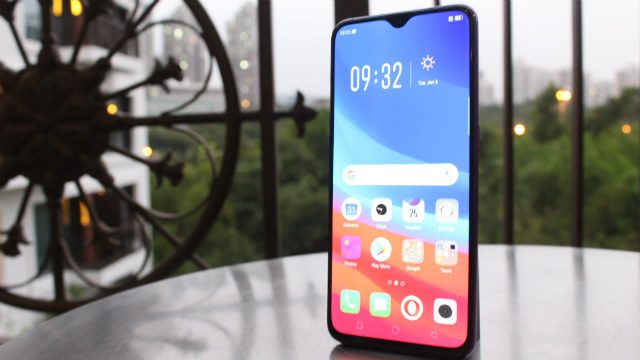
A more sensible bet is the R17 Pro, flashy as well, with a premium build and good overall performance. OPPO this year looked to crack the top tier but it’s OPPO’s P10,000 to P20,000 phones that still give the best value.
More highlights
ASUS also nearly breached the P50,000-mark but it was with a specialty gaming phone, the ASUS ROG Phone, with a look derived from the eponymous line of popular gaming laptops. Its more mainstream line, the ZenFone 5 series, headlined by the Snapdragon 845-toting 5Z, kept ASUS steady in the middle tier.
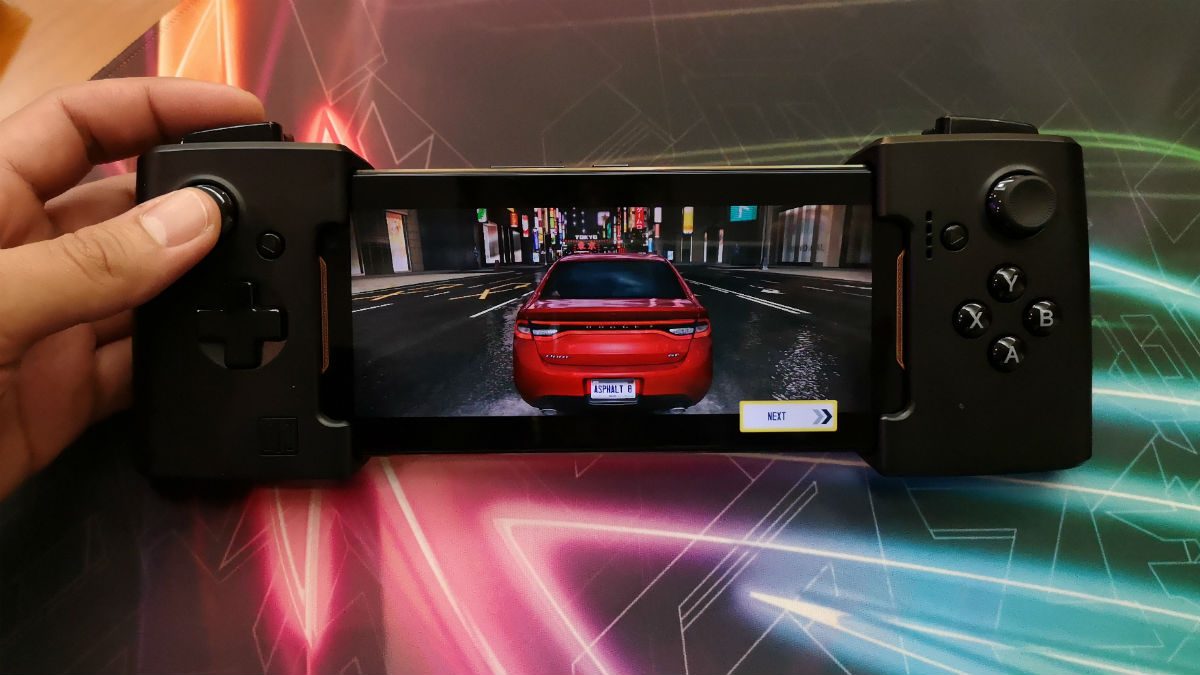
Vivo, like its stablemate OPPO, was also ambitious, making some noise with the APEX concept phone, which had a pop-up camera and an in-display fingerprint scanner. It was one of the biggest headlines at Mobile World Congress 2018, and paved the way for commercial releases, the Vivo X21 which had an in-display scanner, and the Vivo Nex, which had the pop-up camera along with the in-display scanner. In the first half of 2018, Vivo was the third best-selling in the Philippines, according to IDC.
Cherry Mobile continued to lead the Philippines in terms of sales but has faced more competition from strong marketing and new units from international brands.
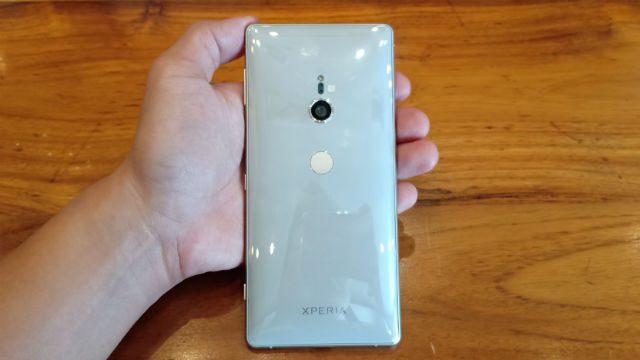
Sony was far more quiet this year as its phones may not be hitting the right aesthetic notes even with the redesign of its flagship XZ series with the XZ2. The OnePlus 6 and OnePlus 6T, like its predecessors, remain a fan favorite too hitting a nice balance between performance and affordability – although it also have increased prices, and have been undercut by Xiaomi.
Nokia is flying just below the radar, continuing to release phones across the range, banking primarily on their stock Android experience. – Rappler.com
Add a comment
How does this make you feel?
There are no comments yet. Add your comment to start the conversation.